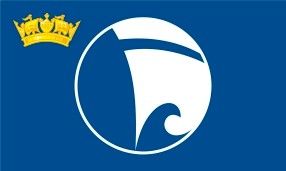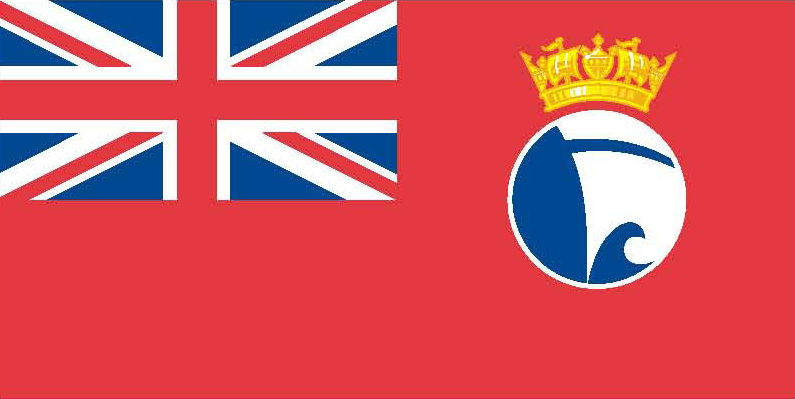Details
Construction
Dimensions
History
HENRY RAMEY UPCHER is a lifeboat of clinker built oak construction. She was built in 1894 by Lewis Emery at Sheringham, Norfolk, and was powered by oars and sail. The vessel takes its name from the Upcher family of Sheringham Hall who provided the privately-run boat to replace the town's first rescue vessel, the AUGUSTA. She was known locally as the Fisherman's Lifeboat and operated as an independent lifeboat with a crew of local fisherman, there being other RNLI lifeboats in service at Sheringham at the time. Launching was a community effort requiring considerable manpower.
The vessel was propelled by 16 oars, occasionally requiring two men to each oar. She could also carry a main lug sail and a mizzen sail. During her service she was launched 61 times and saved 202 lives. Her most famous rescue was of the crew of the brig ISPOLEN in 1897 during the most ferocious storm for decades when her coxswain, Tom Barnes Cooper, was over 70 years old.
After her withdrawal from service in 1935 she was launched for the Sheringham regattas and other festive occasions. She is now on display at the Fisherman's Lifeboat Museum in Sheringham. You can find a video on HENRY RAMEY UPCHER's history and rescues on Vimeo or YouTube.
Significance
- What is the vessel’s ability to demonstrate history in her physical fabric?
Evidence for designs, functions, techniques, processes, styles, customs and habits or uses and associations in relation to events and people. How early, intact or rare these features are may impact on significance.
HENRY RAMEY UPCHER was built by eye rather than a plan by celebrated local boatbuilder Lewis Buffalo Emery of Sheringham in the style of the local crab fishing boats. She was of clinker construction using local oak for the planking, with the keel being made of an exceptional piece of American oak brought in at Great Yarmouth and was fastened throughout with copper. She measured 39'9" long x 11'3" wide, was double ended, carried 16 oars and was fitted with a large dipping lug-mainsail and a mizzen. Unlike other local boats, she did not have a launching carriage, but was dragged into the sea using human muscle. HENRY RAMEY UPCHER is believed to be 100% original. All her gear is retained on board including the crew lifejackets, sea anchor, oars, mast, bilge pumps and rudder. She featured buoyancy tanks filled with cork, canvas covered cork belting and slatted wooden flooring beneath the seats which provided space for casualties.
- What are the vessel’s associational links for which there is no physical evidence?
Associations with people or places. Off-ship research.
HENRY RAMEY UPCHER was a gift from Mrs Caroline Upcher of Sheringham Hall to the local fishermen in memory of her husband, the late Squire, and was named after him giving the boat strong local significance. She operated as an independent vessel, known locally as ‘the fishermen’s lifeboat’ and was launched more than 50 times, saving over 200 lives. One of her more famous rescues gives her an international connection, since it involved the Norwegian brig ISPOLEN, en route to Gravesend in January 1897 laden with ice. After going out of service in 1935, she continued to be launched for town regattas and other festive occasions. Photographs of original crew members survive, along with the diary of Tom Barnes Cooper, coxswain, which documents many of her rescues. She was recorded on the National Register of Historic Vessels in 2011.
- How does the vessel’s shape or form combine and contribute to her function?
Overall aesthetic impact of the vessel, her lines, material she was built from and her setting. Does she remain in her working environment?
HENRY RAMEY UPCHER was very popular with the fishermen as she was lighter than the RNLI boats and could be launched faster, (although her width tended to make her more liable to ship water in severe conditions so was less suitable than the RNLI boats in heavy seas). Her shape follows the form of a traditional inshore fishing boat of the area and is said to date back to the Viking longboat, with a prow at both ends. HENRY RAMEY UPCHER is cared for by volunteers and remains on display in her original lifeboat shed in Sheringham which has been converted into a small museum.
Source: NHS-UK team, 29 January 2024.
Key dates
- 1894 Vessel was built by Lewis Emery at Sheringham
- 1897 Rescue of the brig ISPOLEN during a storm
-
1935
Withdrawn from service as lifeboat
Own this vessel?
If you are the owner of this vessel and would like to provide more details or updated information, please contact info@nationalhistoricships.org.uk







